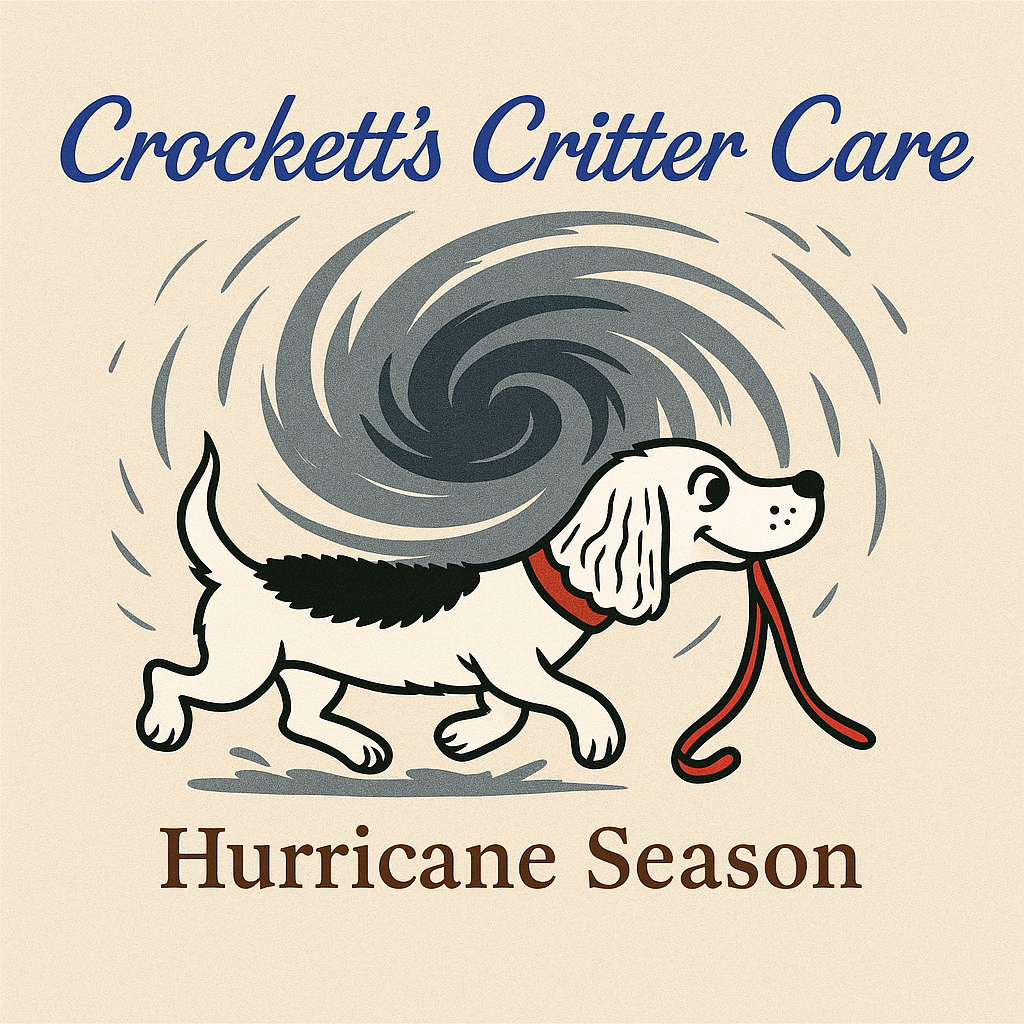
- Regular Water Replacement
- Replenish your pet’s water bowl regularly with fresh water to keep it clean and inviting.
- Replace your dog's water at least once a day.Ensuring Fresh Water for Your Pets
- Encouraging Cats to Drink
- Many cats love moving water. A water fountain might encourage your cat to drink more.
- Multiple Water Stations
- For older cats or pets with mobility issues, consider placing multiple water stations around the house to make it easier for them to stay hydrated.
- Travel Tips
- When traveling, always carry water for your pet. Use a portable water bowl when going to places like the beach, dog park, or on road trips.
- Avoid Unsafe Water Sources
- Keep your pets away from community water bowls, salty ocean water, and river water, as they may contain harmful bacteria, parasites, and pathogens.
Cleaning Pet Bowls: Preventing Bacteria and Mold
- Daily Cleaning Routine
- Clean bowls shortly after your pet has eaten. This makes it easier to remove food particles.
- If you wait, discard old food (do not add fresh food on top of old food) and immerse the bowl for 10 to 15 minutes in hot, soapy water.
- Scrub with a clean brush or kitchen sponge. Use a mixture of equal parts baking soda and water for stubborn spots.
- Dry by wiping down the bowl with a clean cloth and allowing it to air dry completely.
- Weekly Disinfection
- Disinfect bowls weekly by combining ½ cup of regular bleach with a gallon of water. Immerse the bowls for ten minutes before rinsing thoroughly with fresh water and drying.
- Using the Dishwasher
- The dishwasher is the best method for cleaning bowls, as the heat is effective at killing bacteria. Ensure the bowls are dishwasher-safe before washing.
Choosing the Right Bowl Materials
- Avoid Ceramic and Plastic
- Ceramic or plastic bowls can be harder to keep clean. If your ceramic bowl is cracked, discard it immediately.
- Opt for stainless steel or other dishwasher-safe materials to ensure bowls are kept bacteria-free.
Additional Tips
- Clean Placemats Regularly
- Wipe off the placemats used at your pet’s feeding station. They can harbor germs and should be cleaned routinely to prevent the spread of bacteria.
The Importance of Clean Bowls
According to a National Sanitation Foundation study, pet bowls are listed among the top five dirtiest places in the home. They can harbor salmonella and E. coli, attract unwanted ants and flies, and contaminate food and water, making them unsafe to consume.
FDA Guidelines
- Your pet's oral hygiene might suffer due to drinking from a dirty bowl, and it can even affect the skin around their mouth.
- A filthy bowl can actually spread bacteria such as MRSA, salmonella, and E. coli to the people who handle the food and water bowls.
- Use a separate sponge or cleaning cloth for your pet's dishes to prevent cross-contamination.
By following these tips, you can ensure your pet’s food and water are safe, clean, and free from contaminants. This is especially important during the summer when heat and bugs are more prevalent.






